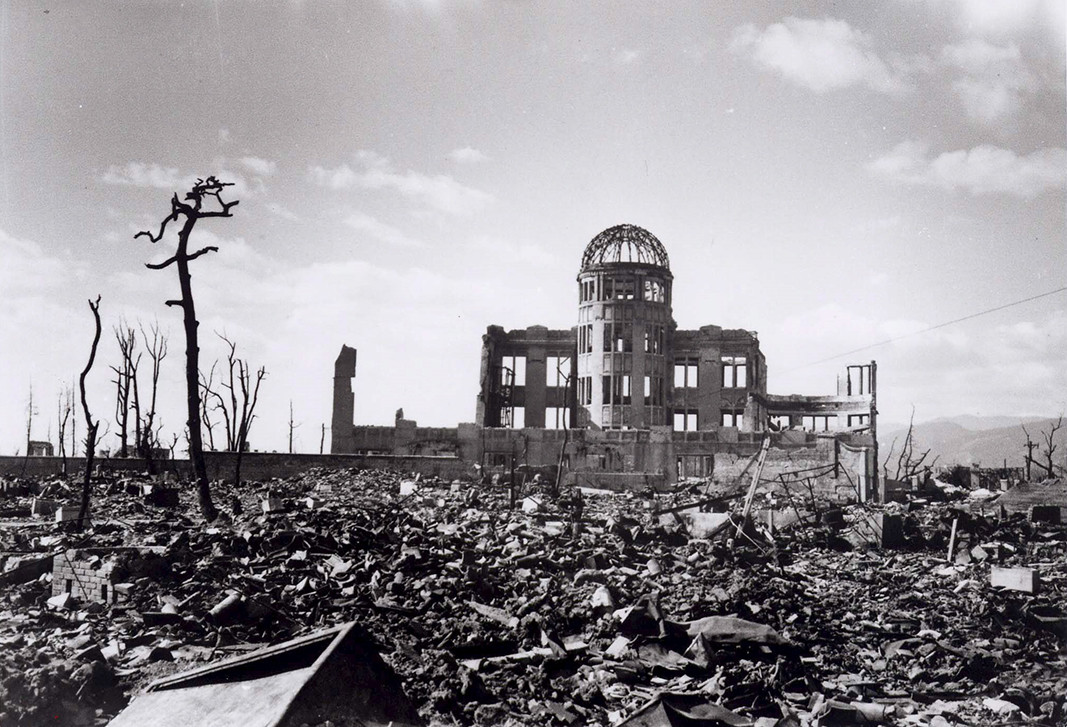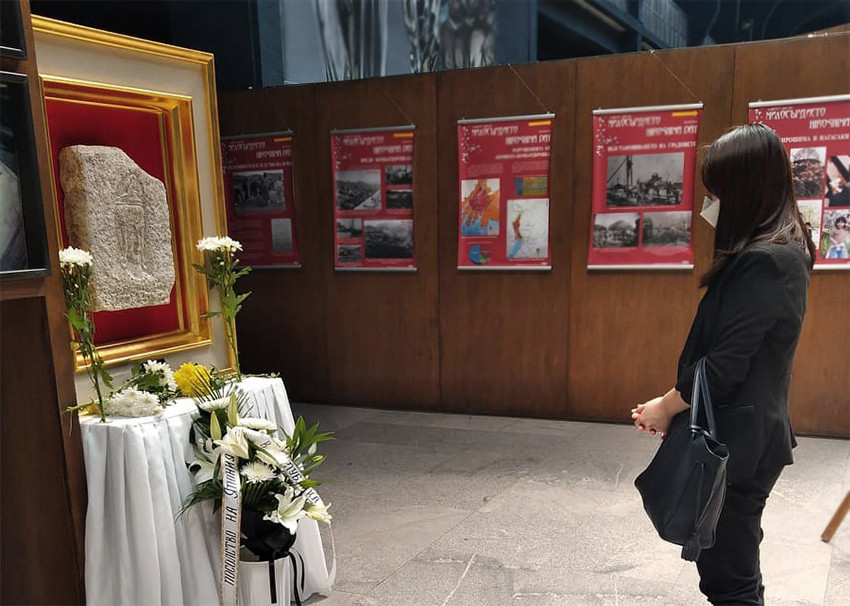2025 marks the 80th anniversary of the atomic bombing of the Japanese city of Hiroshima. Traditionally, as a sign of sympathy for the victims of the attack, every year only on August 6, the Bulgarian public can see a unique relic - The Hiroshima Stone. It is a part of the collection of the Earth and Man National Museum in Sofia and is exhibited in the "Giant Crystals" hall.
This is one of a total of 188 granite pieces engraved with the image of the goddess of mercy Kannon, which were spread around the world as symbols of peace. The stone was part of the pavement in Hiroshima and was located 200 m away from the place where the bomb fell. But how did it end up in Bulgaria?

Two weeks after the tragic event in Hiroshima, Reikiyo Umemoto went to the city to see those of his friends who survived. Most of the buildings in the city were completely burned. Devastated by the sight, Umemoto walked along the Aioi Bridge about 200 meters from the site of the explosion, where a tram line used to pass. A sudden gust of wind blew away the ash under his feet and he saw that the paving stones on which the rails were laid - silent witnesses to the nuclear hell - had survived. Then the man had the idea of using them to preserve peace and to be a memorial to all the victims of the atomic bomb and he became founder of the Stone for Peace Association of Hiroshima.
In 1965, when the pavement was replaced, he bought the stones and after several years when the granite pieces were no longer radioactive, they were engraved with the image of the goddess of mercy. In 1991, the 188 stones were sent to the leaders of 188 countries in the world as a symbol of the aspiration for peace of all mankind.

The Hiroshima Stone was handed over to the Earth and Man National Museum in 1997 by the President of Bulgaria with the commitment that the Day of Compassion will be celebrated in an appropriate manner.
The event at the Earth and Man National Museum will be held today (August 6) from 10:00 to 18:00, with free admission from 11:00 to 12:00. Japanese pianist Yusuke Hosaka will perform at 11:00.
Read also:
Text: Miglena Ivanova
Publication in English: Alexander Markov
Photos: earthandman.org, BGNES
The Embassy of Bulgaria in the Arab Republic of Egypt and the Republic of Sudan and the management of the Bulgarian School "St. Cyril and Methodius" in Cairo invite our compatriots to the opening of the 2025/2026 academic year. The event will take..
Today, 57,000 first graders across Bulgaria walked through the school doors for the first time. More than 2,300 schools across the country opened their doors to welcome students on September 15, a BGNES reporter..
An event dedicated to the Bulgarian oil-bearing rose (rosa Damascena) will take place on September 19 in Ireland, BTA reports. Its organizer is the Embassy of Bulgaria in the country. “We are pleased to invite you to a unique journey of sound..
Today, 57,000 first graders across Bulgaria walked through the school doors for the first time. More than 2,300..
The Embassy of Bulgaria in the Arab Republic of Egypt and the Republic of Sudan and the management of the Bulgarian School "St. Cyril and Methodius" in..

+359 2 9336 661
